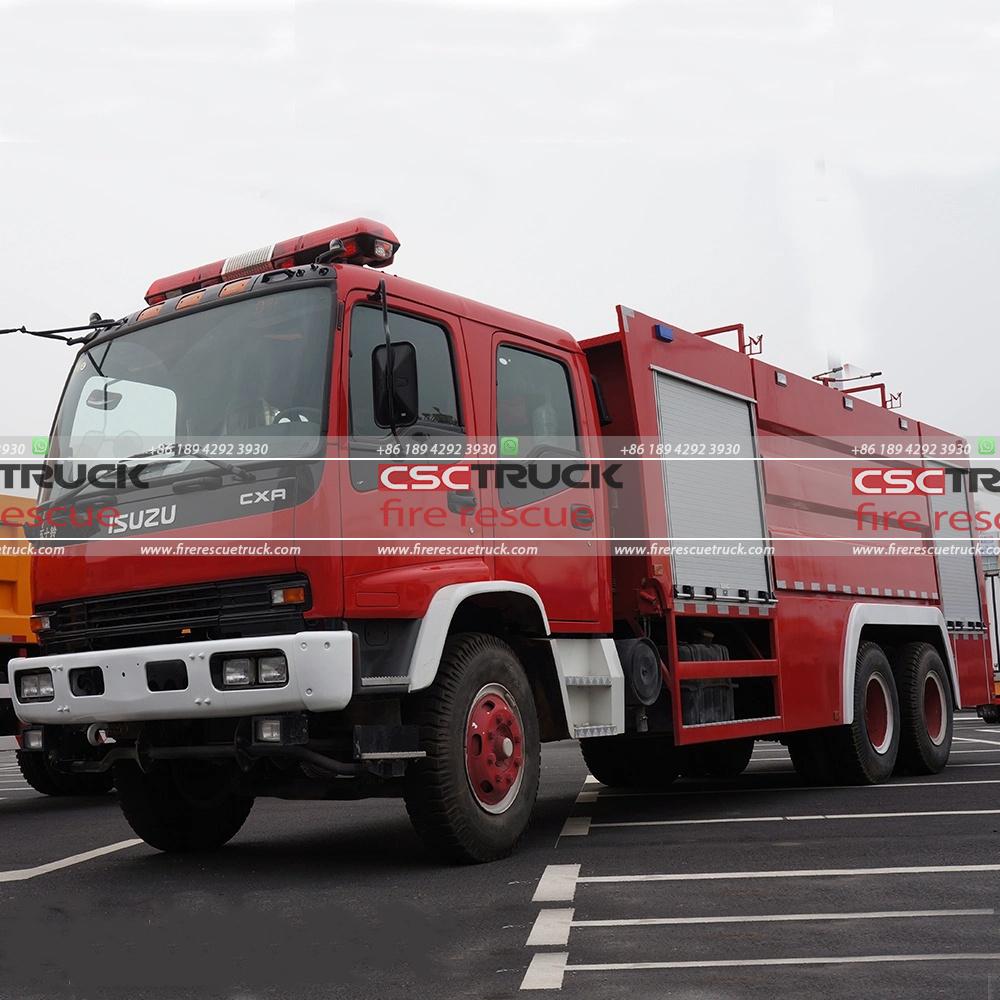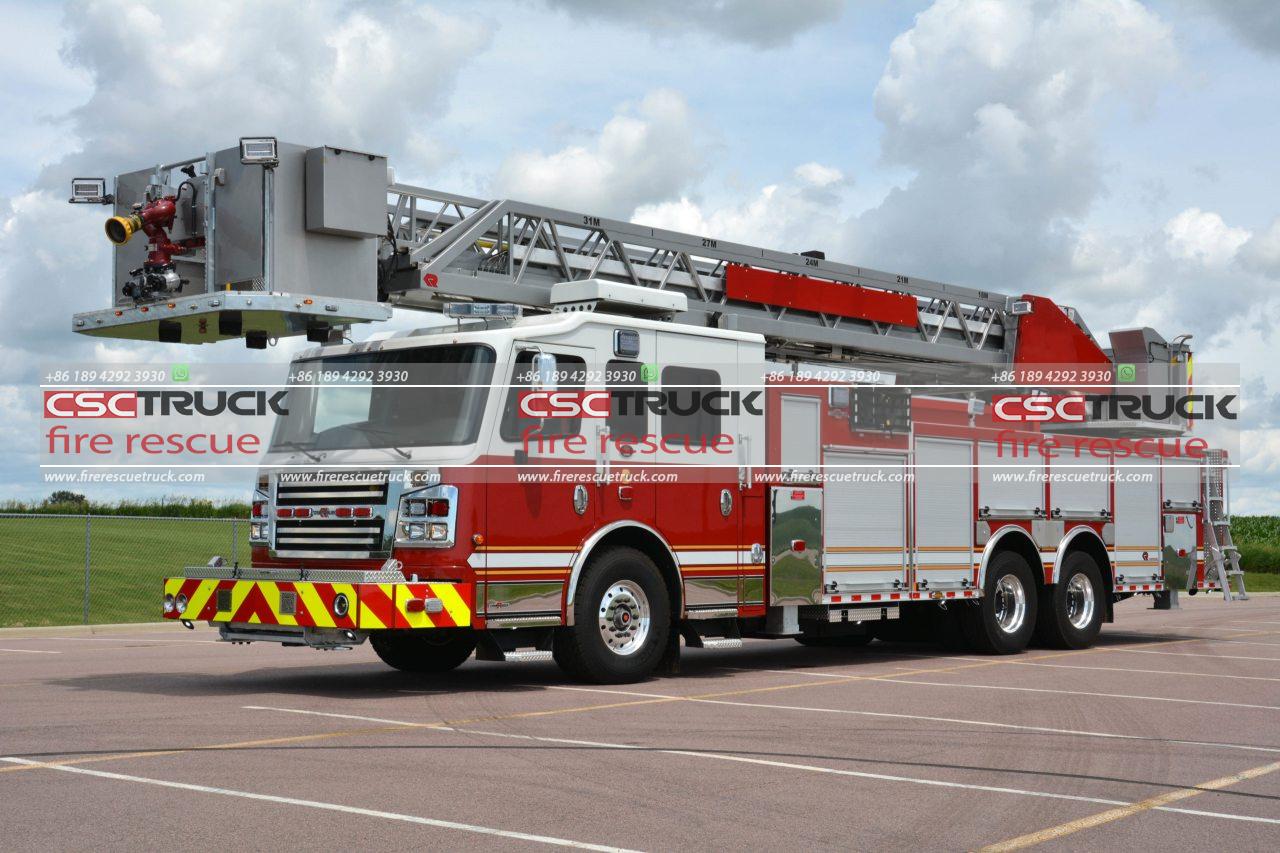Foam Fire Truck: Foam Fire Truck Strengthens Emergency Response in New Zealand
New Zealand’s emergency response capabilities have been significantly enhanced with the addition of a new state-of-the-art foam fire truck to its fleet. Designed to address complex fire scenarios, particularly in industrial areas, airports, and hazardous environments, the new foam fire truck produced by CSCTRUCK Fire Rescue Truck is set to improve response efficiency and safety standards nationwide.
The recently delivered truck, equipped with an advanced foam suppression system, is tailored to combat flammable liquid fires and other high-risk incidents where conventional water-based suppression methods may be less effective. The foam truck, manufactured by an international leader in firefighting technology, includes features such as high-capacity foam tanks, a robust pumping system, and the ability to discharge foam at an extended range and volume.
Fire and Emergency New Zealand Chief Executive, Paul Baxter, expressed his confidence in the new addition, stating, “This foam fire truck represents a vital investment in our firefighting fleet. It will enhance our ability to respond to high-risk emergencies and protect the communities and industries of New Zealand more effectively.”

The truck’s arrival comes as part of a broader initiative by Fire and Emergency New Zealand to modernize its fleet and align with international standards. With climate change and industrial growth increasing the complexity of fire incidents, the introduction of specialized vehicles like the foam fire truck is crucial to meeting these evolving challenges.
The new foam truck has already been deployed at key locations across the country, including major airports and industrial zones, and has been incorporated into firefighter training programs to ensure crews can leverage its capabilities to the fullest.
This delivery marks a significant milestone in strengthening the nation’s fire response infrastructure, reinforcing New Zealand’s commitment to safety and preparedness in the face of potential fire-related emergencies.







